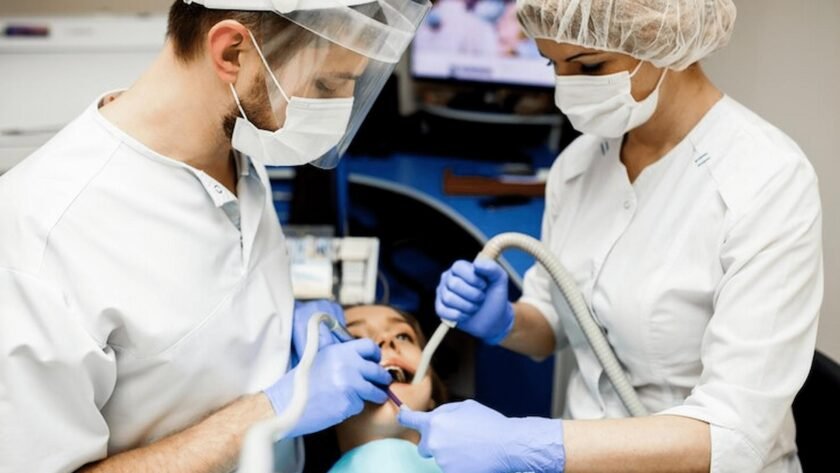Dental occlusion is an area of dentistry which looks at the way that your top and bottom teeth align. Key for function and everyday tasks, such as eating and drinking, brushing your teeth, and more, dental occlusion is controlled by the alignment of your teeth and the structure of your jaw. If something is out of sync, it is known as malocclusion; something which can be caused by genetics or by dental treatment which impacts the layout and position of your teeth.
In this blog, we’re focussing on the latter of those two causes, looking at how different dental treatments affect occlusion and what can be done to remedy any problematic shifts in the layout and alignment of the teeth.
What Is Dental Occlusion And How Is It Affected By Dental Treatment?
Dental occlusion is when the top and bottom teeth align neatly when you bite down, while malocclusion is the term used when there are gaps or when the teeth do not properly meet. Even if someone starts out with a well-aligned bite, there are certain dental treatments that can affect this and lead to the structure of their teeth being compromised.
Some of the most common treatments likely to affect dental occlusion include tooth removal, dental implants, and straightening or aligning treatments. The latter is particularly interesting because in the search for a straighter smile, clients can end up with teeth which twist and get pushed back or forward, thereby altering how they sit and interact with occlusion.
Safe to say, the structure of your bite is something you need to consider before discussing dental treatment with your dentist. But how important is occlusion in the grand scheme of things?
Is Dental Occlusion Something You Need To Be Concerned About?
Dental malocclusion can make a number of things more difficult, for example eating. It can also lead to general discomfort in and around the mouth, putting undue pressure on the teeth. Teeth which are overcrowded can be subject to more damage than those which are aligned properly, with a higher risk of gum disease as well as jaw and facial pain, and even tooth loss.
If you aren’t experiencing any symptoms, then it may be that your dental malocclusion is merely aesthetic. However, we find that some clients can live with occlusal issues for years without realising, which is why we always recommend regular dental check-ups.
How To Fix Occlusal Problems
If you are diagnosed with malocclusion or with occlusal problems, then there are a few things that can be done to help fix the issue. Putting less stress on your teeth can be one way to alleviate the tension which could cause jaw pain in specific teeth – with changes to diet, exercise, and a mouth guard all being effective ways of minimising tension.
Alternatively, tooth removal may be the only way to reposition and correct the jaw, with replacement teeth able to be aesthetically matched to your smile while ensuring a better and more stable position.
For more information on occlusion and to discuss it with a professional, get in touch with your local dentist.



